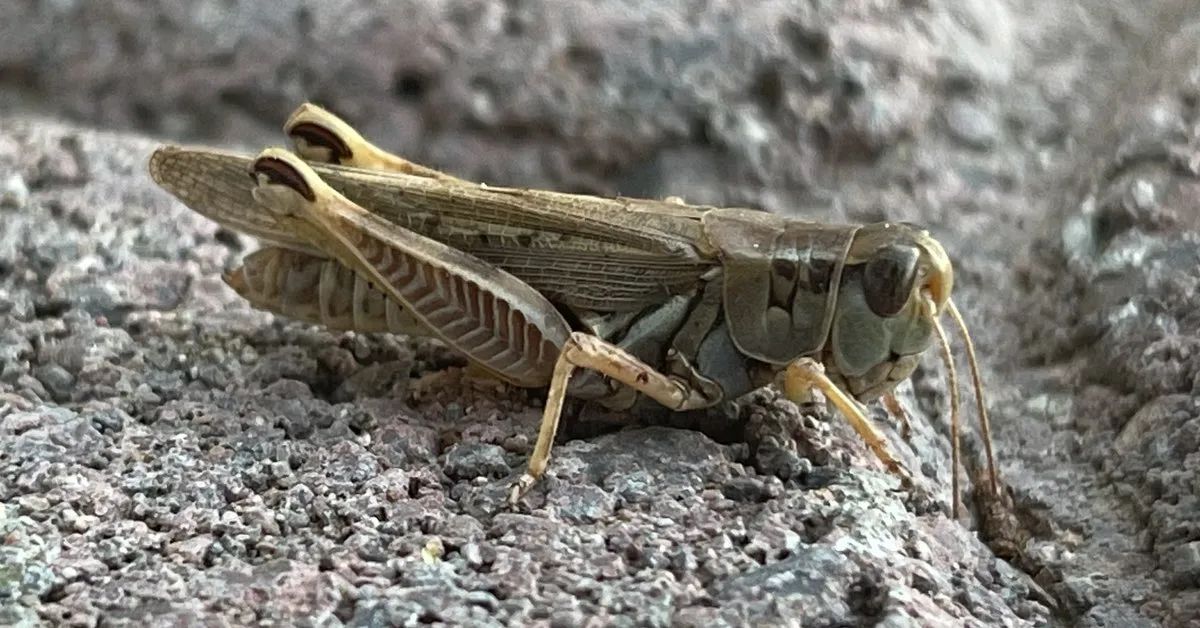
Hard on Winter Wheat, Hard on Grasshoppers
February 6, 2024 - Choteau County, Montana, according to Montana State University Extension Agent Tyler Lane, is the third largest grain producer in the nation. With much of that production coming from the county’s winter wheat crop, it’s no surprise that concern is popping up with the “winter weather” we’ve seen thus far in 2024. Not only has it been unseasonably warm, but the cold snap that did come was met by a lack of protective snow cover.
“As a county agent, I’ve always told producers that if we get three leaves of development in the fall, we’re going to have about nine lives on our winter wheat,” said Lane. “That’s kind of an old standby that I got from a retired county agent. However, when you have twenty-two below with winter wheat exposed, there is a lot of concern in the insurance industry and with producers that we might have some winter kill issues.”
While there is a lot left to be discovered between now and harvest, the wheels have started turning for farmers eagerly awaiting wheat’s break from dormancy. Will the crop be okay or is it time to make alternate decisions?
In discussions with wheat breeders, according to Lane, “they have commented that if you have 50% of your crop in the field, it’s more economic just to leave that winter wheat there rather than go to the expense of seeding a spring crop.”
On the opposite side of the coin, the cold snap’s impact on exposed ground could have had some positives. Lane speculates that the same subzero temperatures stressful to wheat may have also taken a toll on grasshopper eggs.










